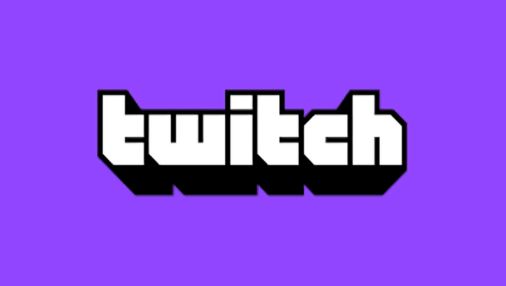Twitch: From Gaming Corner to Global Streaming Powerhouse
How a small gaming community became the global leader in interactive live streaming — origins, culture, monetization, challenges, and what’s next.
The Birth of a Platform
Twitch started in 2011 as a spin-off from Justin.tv, where a gaming channel unexpectedly outgrew the rest of the site. Founders recognized a unique phenomenon: viewers didn’t just want to consume gameplay — they wanted to interact. Twitch built around that interaction, enabling gamers to stream live, talk to audiences in real time, and form communities. That live two-way dynamic turned passive viewing into participatory entertainment.
The Amazon Acquisition and Growth
By 2014 Twitch was one of the largest drivers of peak internet traffic in the U.S. Amazon acquired the platform that year for nearly $1 billion. The acquisition infused capital and infrastructure, introduced features such as Twitch Prime (now Prime Gaming), and signaled that live-streaming was a mainstream entertainment category. With Amazon’s backing Twitch scaled its video infrastructure, improved stream quality, and expanded features for creators and viewers alike.
The Heart of Twitch: Communities
Twitch’s power is less about codecs and more about people. Streamers — from casual creators to full-time entertainers — are the platform’s beating heart. Viewers return for personalities, inside jokes, and shared rituals. Twitch chat evolved into its own living language; emotes like PogChamp, Kappa, and LUL became cultural shorthand. For many users, Twitch chat and the streamer’s persona form a parasocial bond that keeps viewers coming back day after day.
Beyond Gaming
Originally gaming-first, Twitch diversified into music, creative arts, “Just Chatting,” IRL streams, and more. Musicians perform live sets, artists stream their process, and creators host talk shows. While gaming remains central, this expansion allowed Twitch to address broader audience tastes and keep engagement fresh.
Monetization for Streamers
Twitch provides multiple revenue paths:
- Subscriptions: Monthly channel subscriptions with perks like exclusive emotes and sub-only chats.
- Bits: Microtransactions viewers use to cheer and support creators.
- Ad Revenue: Pre-roll and mid-roll ads that share revenue with creators.
- Sponsorships & Donations: Brand deals and direct tipping that often make up major income for top streamers.
The top tier creators can earn seven-figure incomes; for many smaller creators, Twitch provides a sustainable side income or path to full-time content creation.
Challenges and Controversies
Twitch has faced significant friction points:
- DMCA and music: Copyright enforcement has caused mass takedowns and retroactive strikes for archived streams, angering creators who used licensed music unknowingly.
- Moderation: Balancing free expression with safety is difficult; critics argue enforcement is inconsistent.
- Revenue disputes: Changes to ad policies or payout structures periodically strain creator-platform relations.
- Competition: Rival platforms like YouTube Gaming, Facebook Gaming, and newcomer services offer different revenue splits, attracting talent away.
These challenges reflect Twitch’s scale — the bigger the platform, the harder the problems it must solve.
The Psychology of Watching Live Streams
Millions tune in because Twitch stitches together two powerful dynamics: parasocial relationships and unpredictability. Viewers feel connected to streamers through repeated exposure and live interaction, and live streaming’s uncertainty — the possibility of unexpected moments — keeps engagement high. Chat participation transforms viewers from passive consumers into active participants in a shared, social experience.
Twitch and Esports
Twitch and esports grew together. Major esports tournaments, from League of Legends Worlds to Counter-Strike Majors, have used Twitch as a primary broadcast platform. That partnership helped legitimize competitive gaming and brought millions of viewers to the platform, fueling both Twitch’s growth and the mainstreaming of esports.
Looking to the Future
Twitch’s trajectory will depend on a few critical factors:
- Creator retention: Keeping top streamers from defecting by offering competitive monetization and tools.
- International growth: Expanding in regions with rising demand for live streaming.
- Product improvements: Lower latency, better discovery, and AI-driven moderation would improve the user experience.
- Balancing monetization with trust: Evolving revenue strategies without alienating the creator base.
If Twitch can navigate these areas while preserving its community-first DNA, it should remain the dominant live-streaming destination for years to come.
Final Thoughts
Twitch transformed viewing from a solitary activity into a communal, interactive one. It leveraged live interaction to build communities and culture, and while it faces complex challenges, its core appeal — real-time connection between creators and audiences — remains powerful. Whether you’re there for esports, a late-night “Just Chatting” hangout, or a live music set, Twitch has made the internet more social, immediate, and unpredictable.

